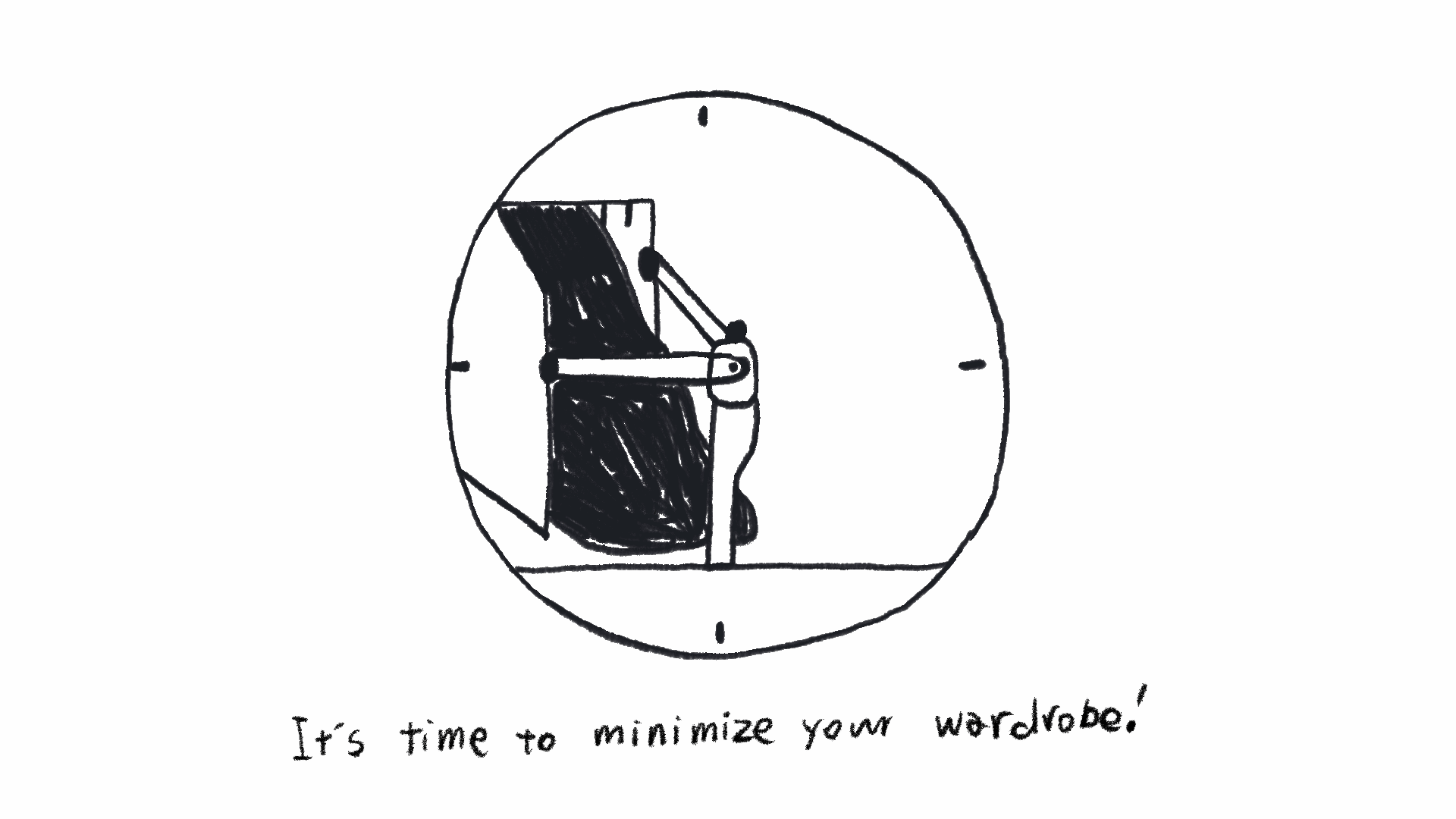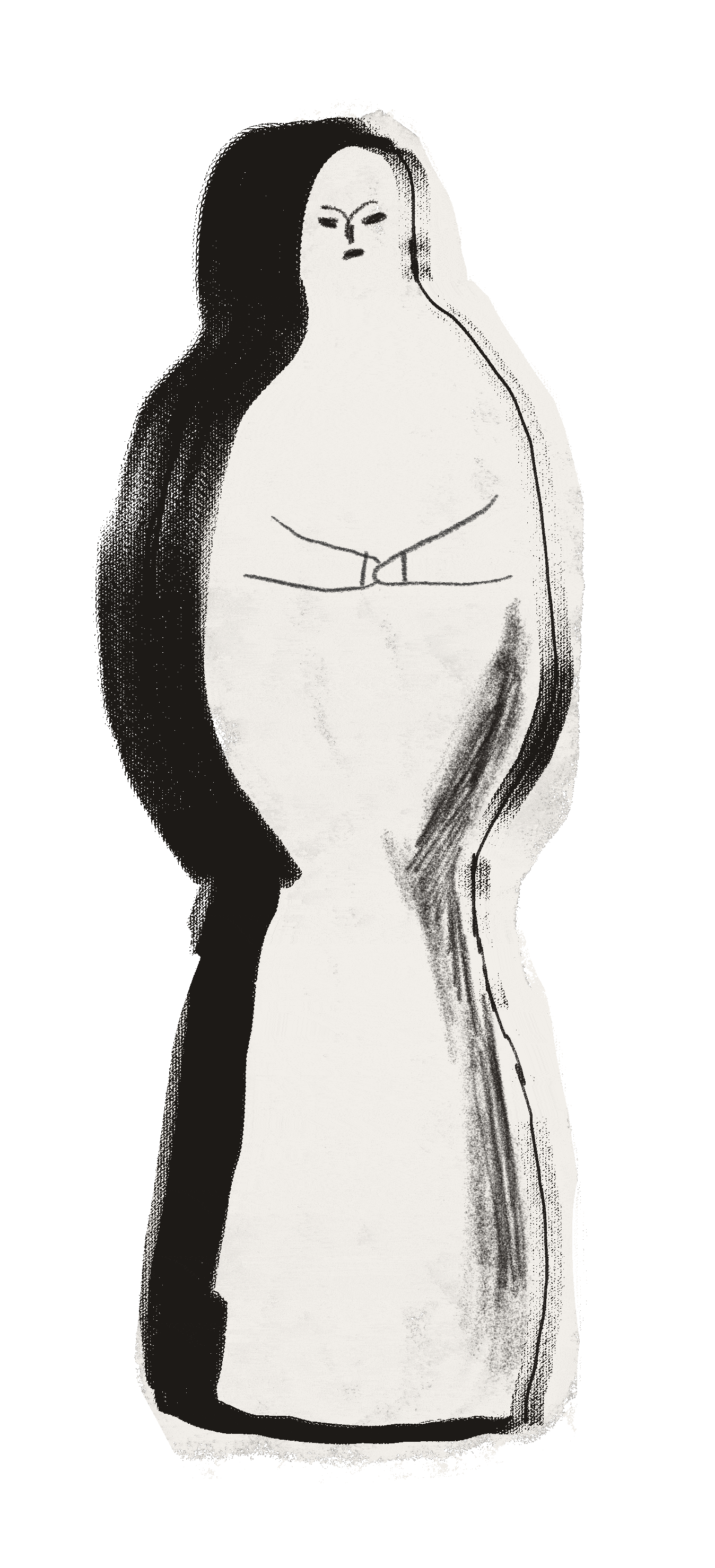
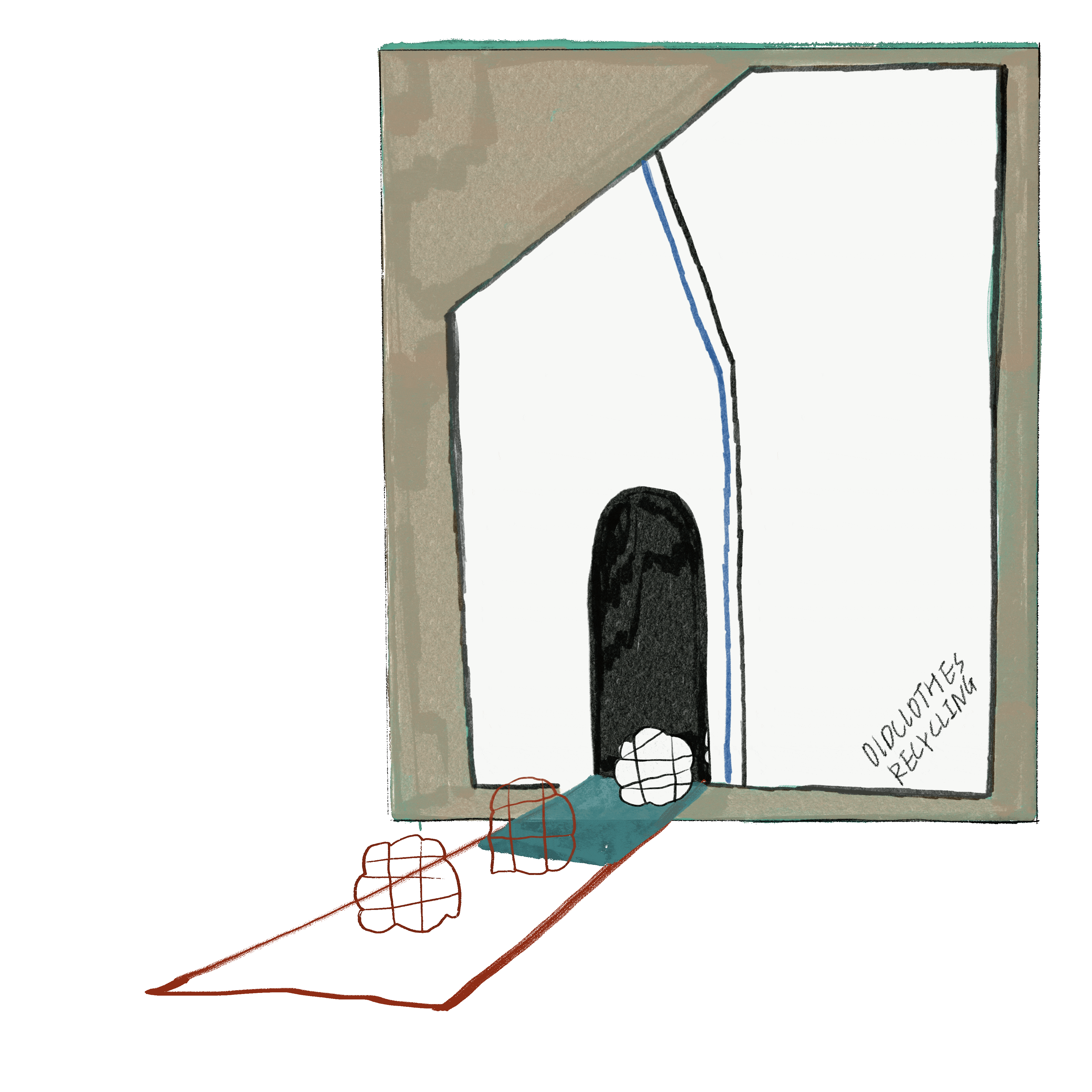

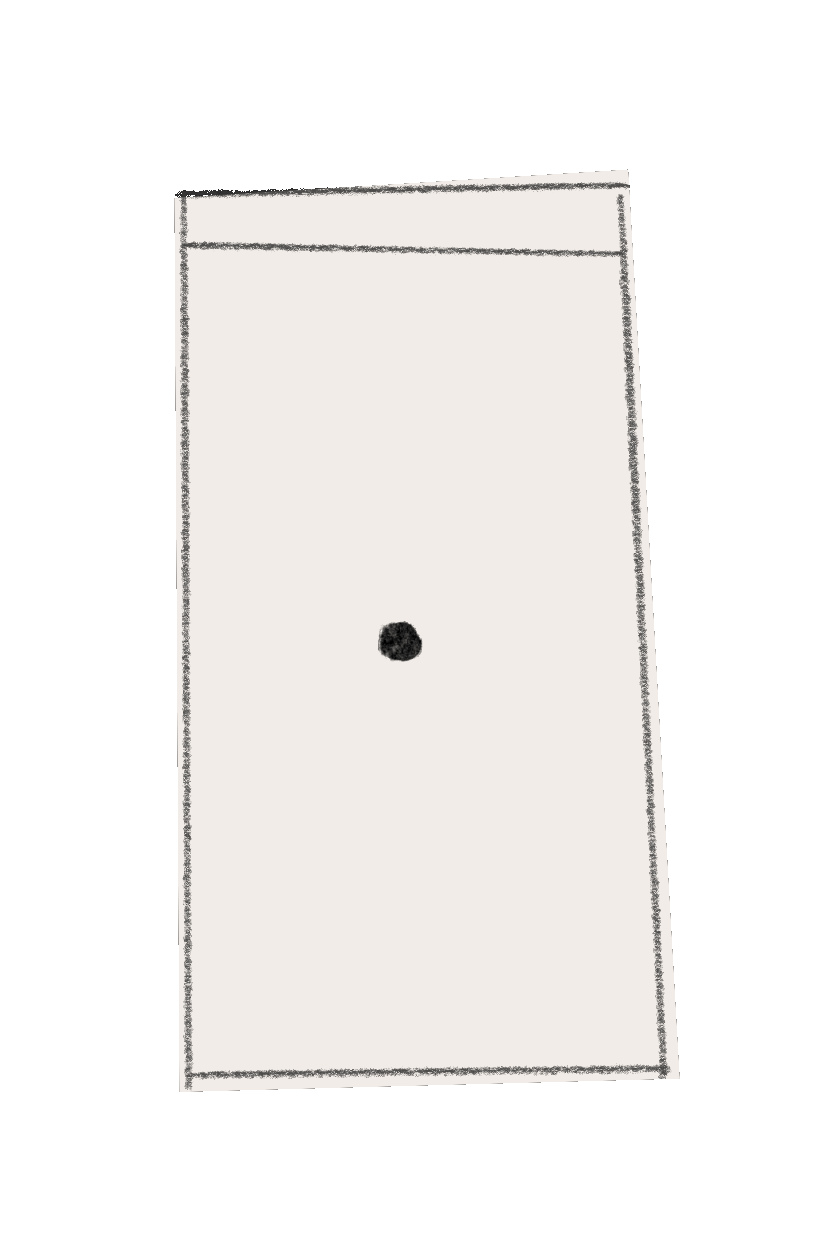
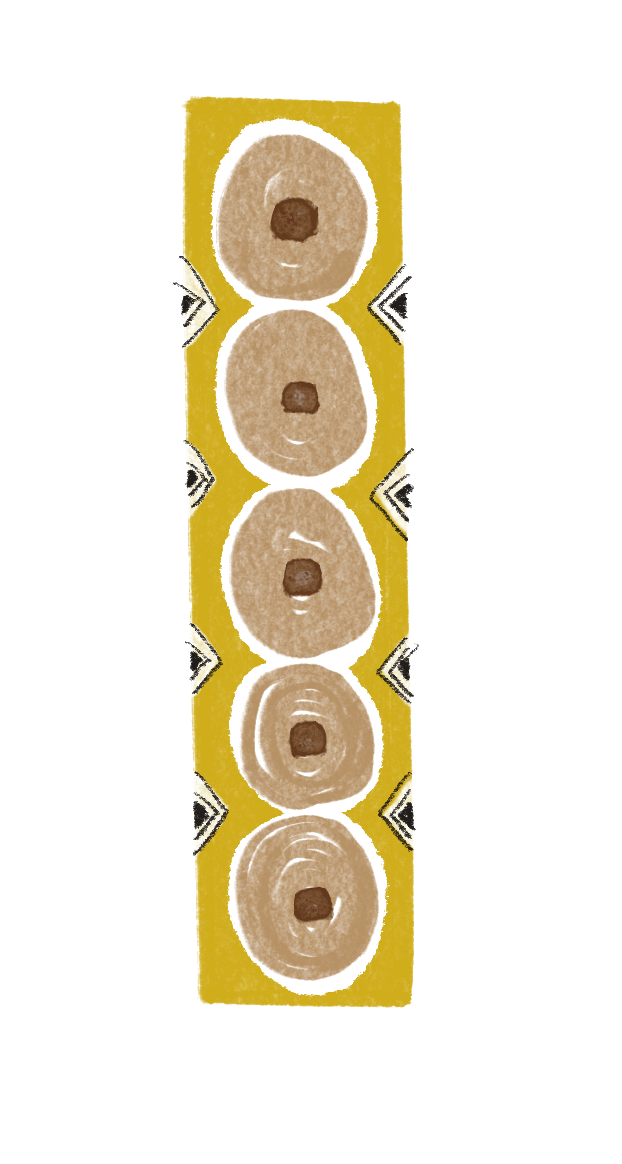
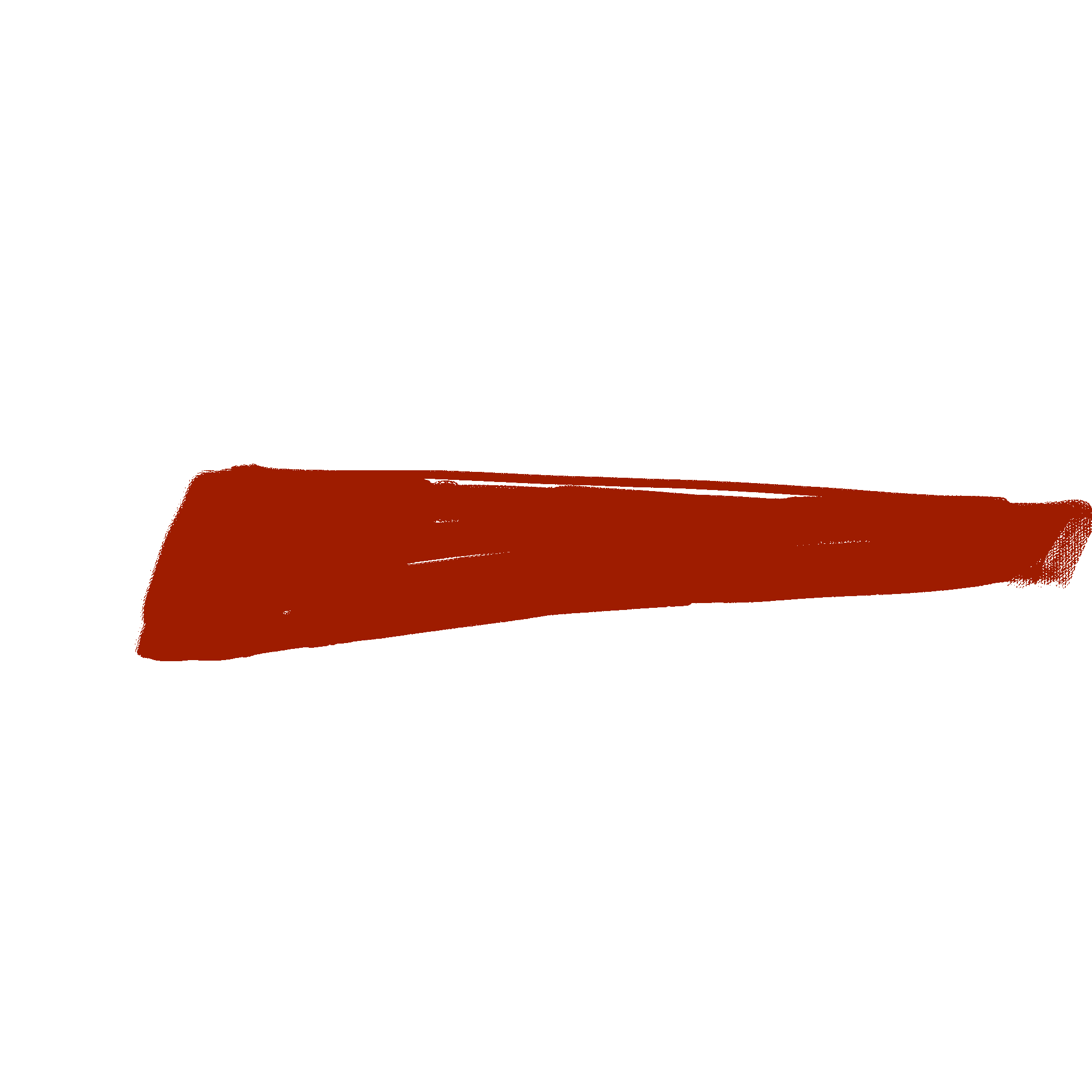

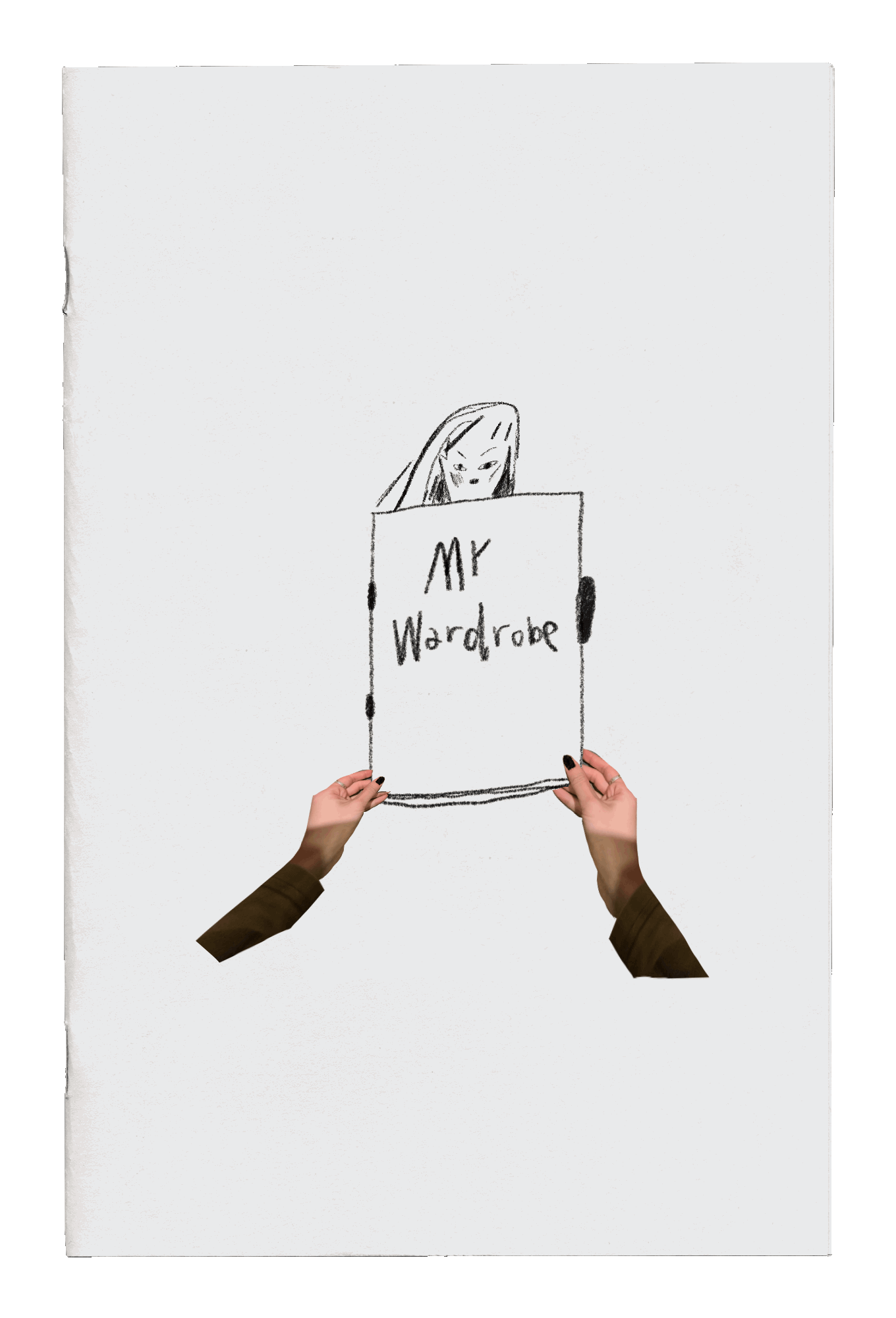

Donate?
Every day thousands of people in the UK donate their old clothes to charity. And like many of us I assumed they ended up on the rails of high street charity shops and were bought by people searching for a bargain.In fact, most old clothes are shipped to the market like Ghana -one of the biggest secondhand textile trading markets in the world. It’s the dirty secret behind the world’s fashion addiction.
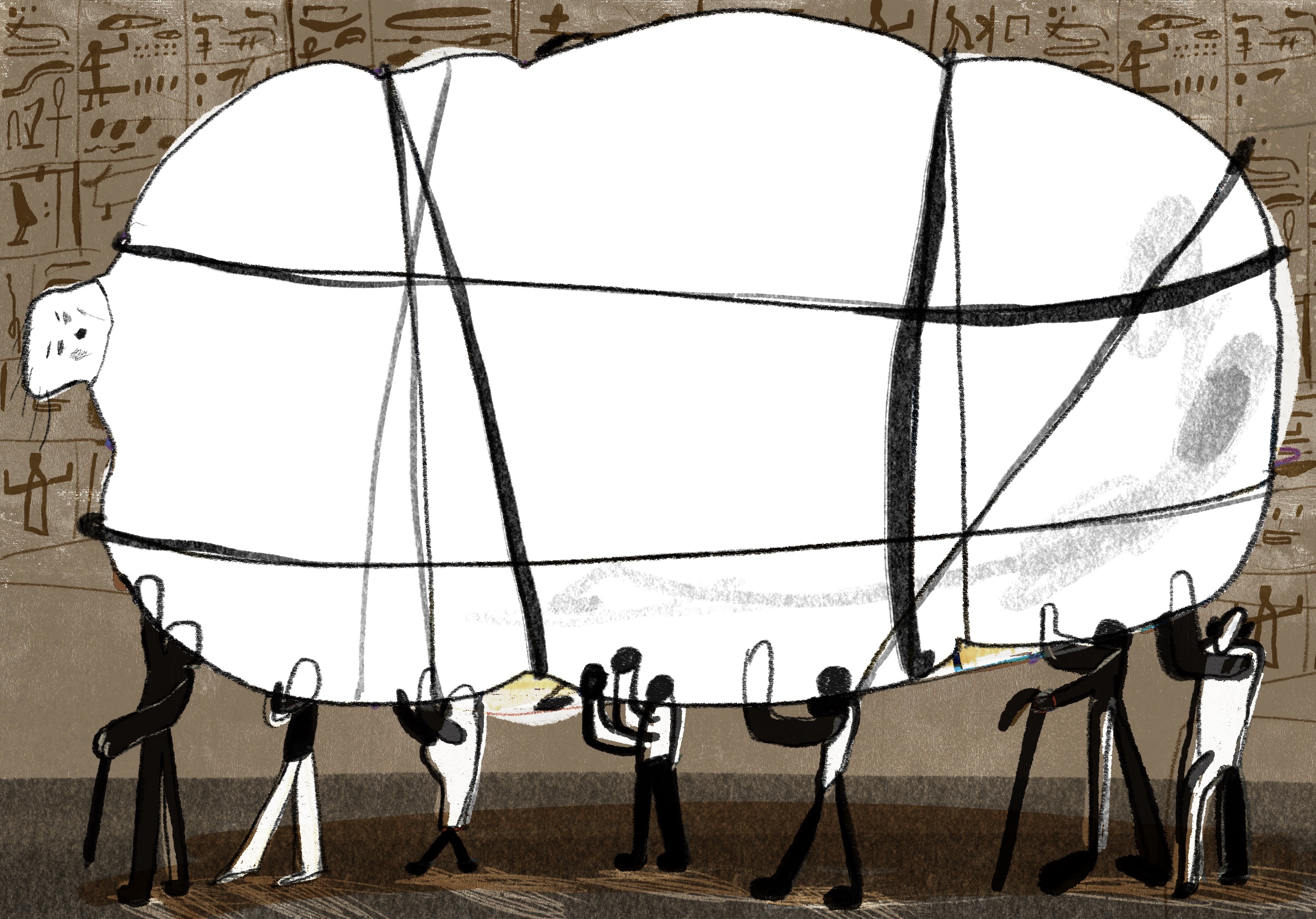

“Obroni wawu”
Dead White Man’s Clothes is the translation of the Akan expression Obroni Wawu, which is a common term for secondhand clothes in Ghana meaning ‘the white man has died clothes.’ This expression comes from the idea that someone would have to die to give up so much stuff, implying that the concept of excess was foreign.
In Accra, Ghana, imported second-hand clothing—or “dead white man’s clothes”—represents a massive industry with complex environmental, social, and economic implications.
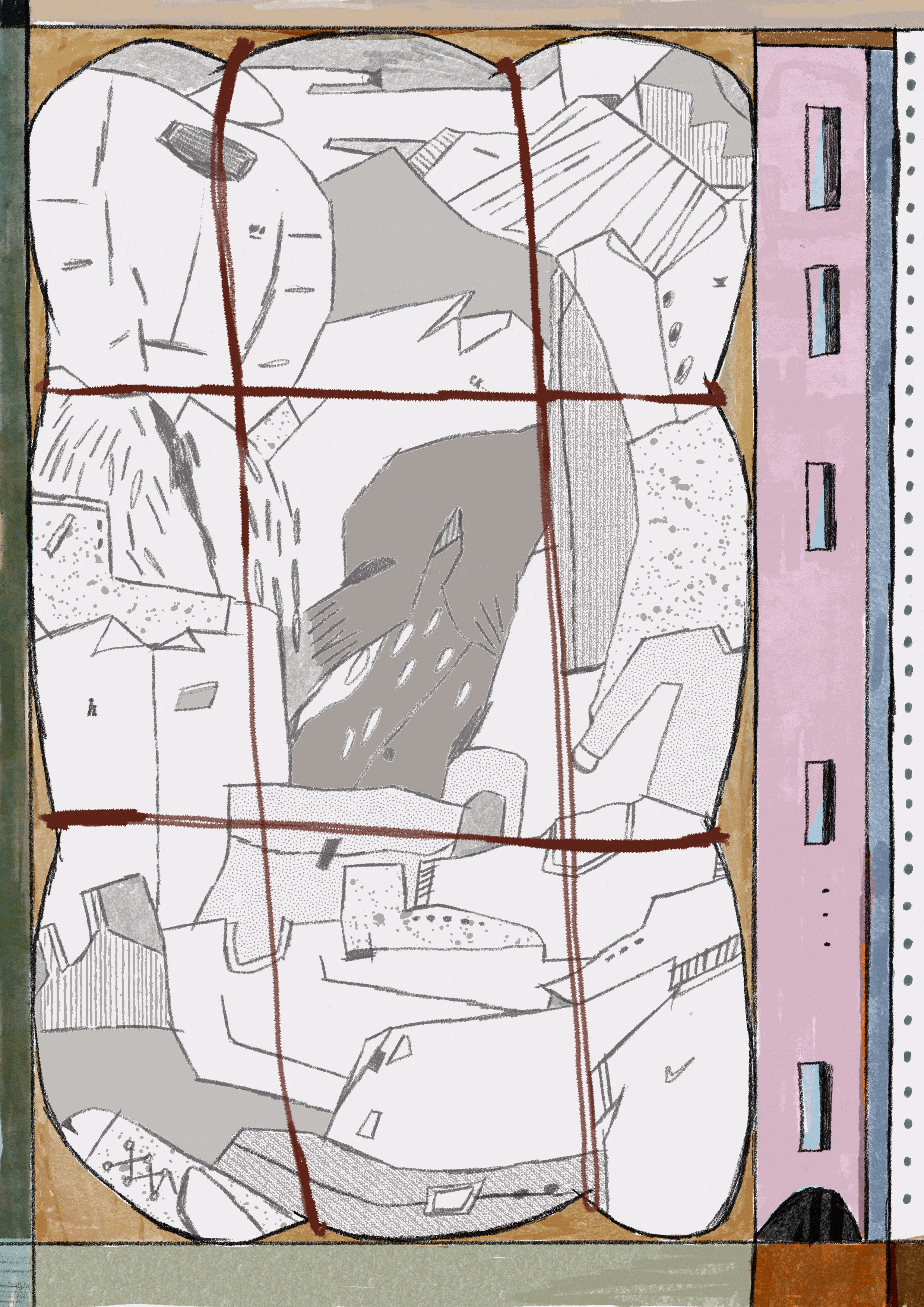
Life of clothes
Since 2000, global production of clothing has doubled. We’re buying 60 per cent more clothes now than we did 15 years ago.
Some 15 million used garments pour into Accra every week from the UK, Europe, North America and Australia, flooding the city’s sprawling clothing market.
An estimated 40 per cent are of such poor quality they are deemed worthless on arrival and end up dumped in landfill.
Blind box
In Accra, where some 60 containers of used clothes arrive every week, the industry can be highly profitable. But it carries an unusual business risk. Importers can spend as much as $95,000 on a container of clothes and have no idea what they’re buying.
It’s only once a bale has been opened that the quality of the clothing is discovered. If it’s in good condition, profits can tally quickly to as much as $14,000. But if the clothes are torn or stained, or long out of fashion, their importer may as well have put a torch to their money.


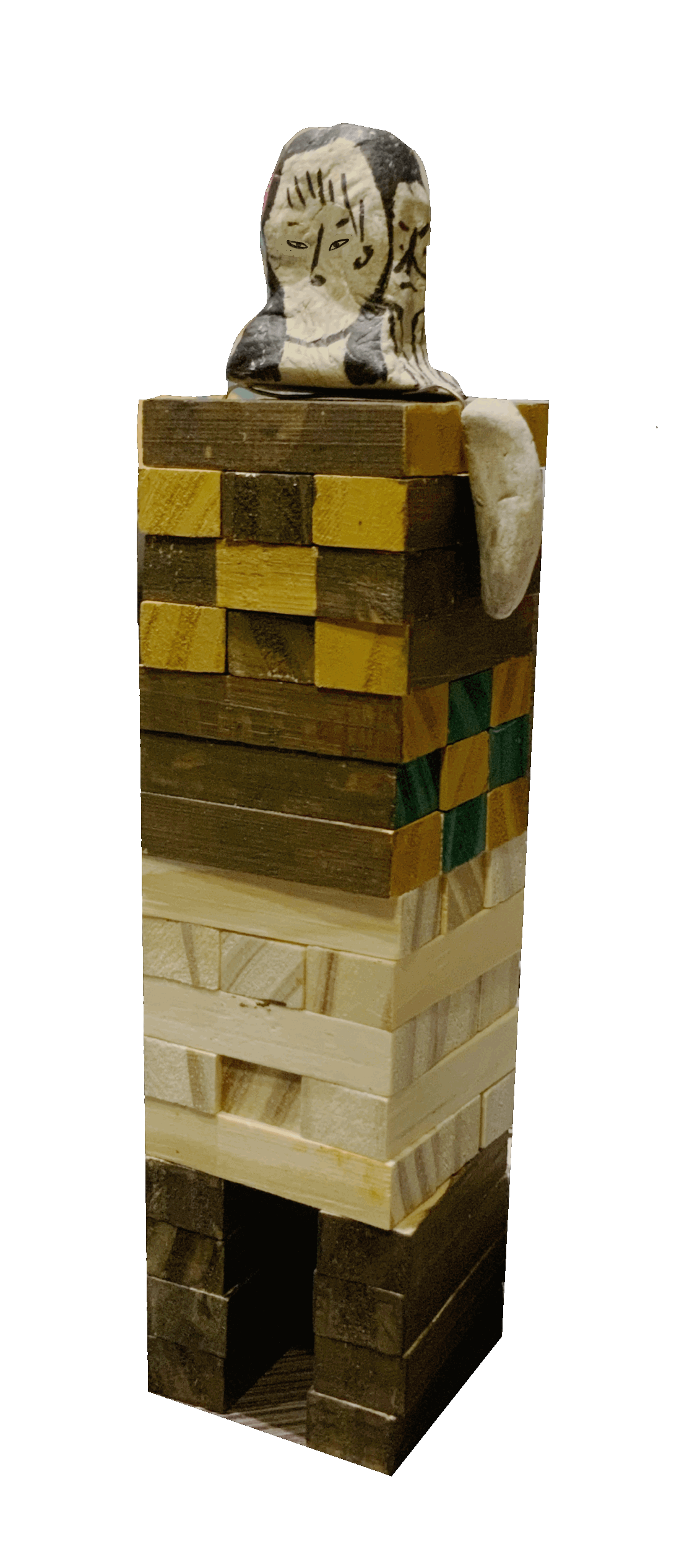


︎︎︎
︎︎︎︎︎︎ ︎︎︎︎︎︎︎︎︎
︎
Culture is fading
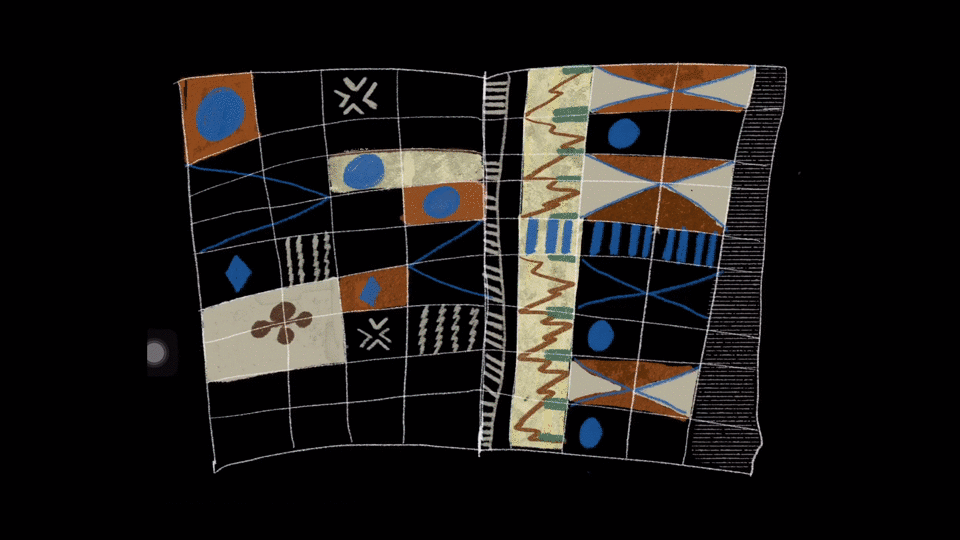
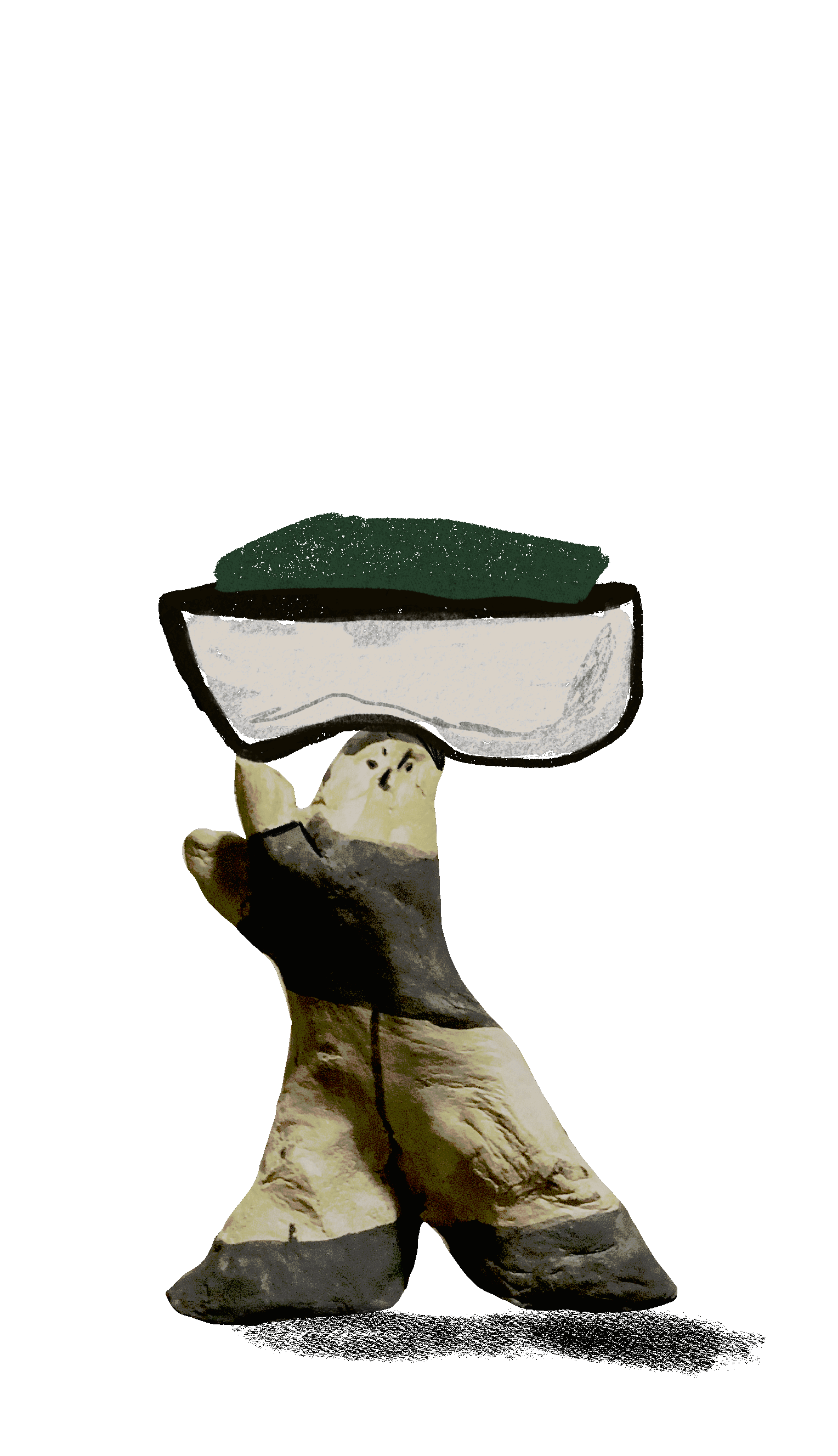
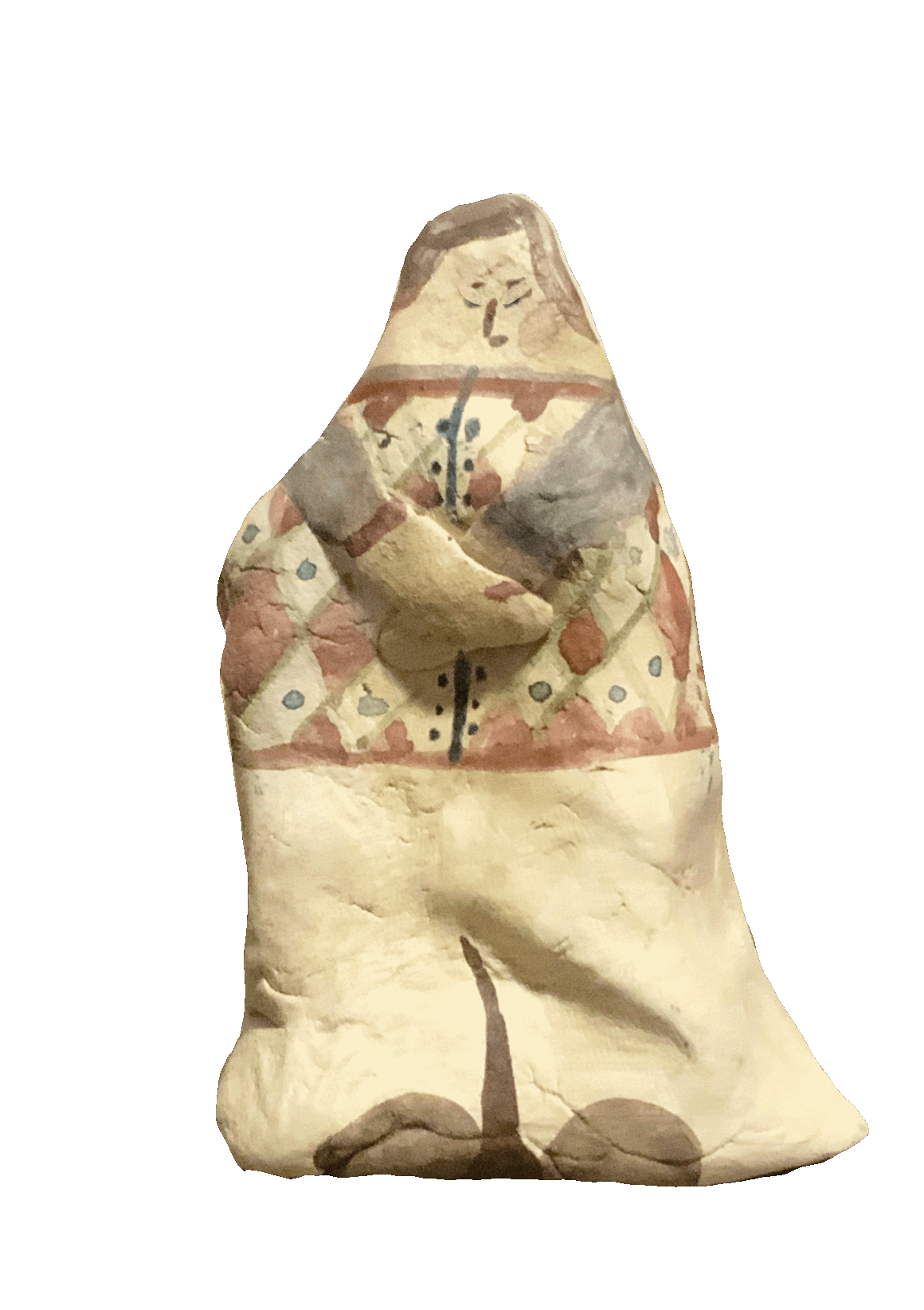

A large number of clothes lead to the loss of indigenous culture in Ghana.Many indigenous firms dealt with mainly the traditional African fabrics such as “Kente” cloth.However, due to the second-hand market, these companies selling local products gradually lose their competitiveness and face the risk of bankruptcy.︎
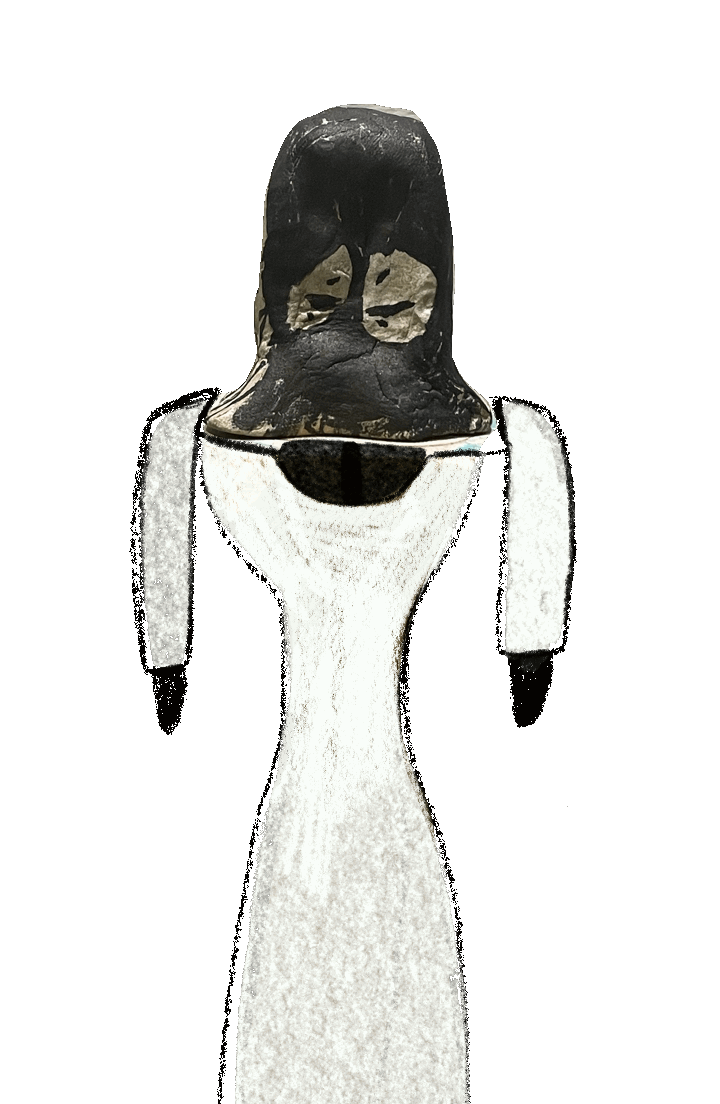


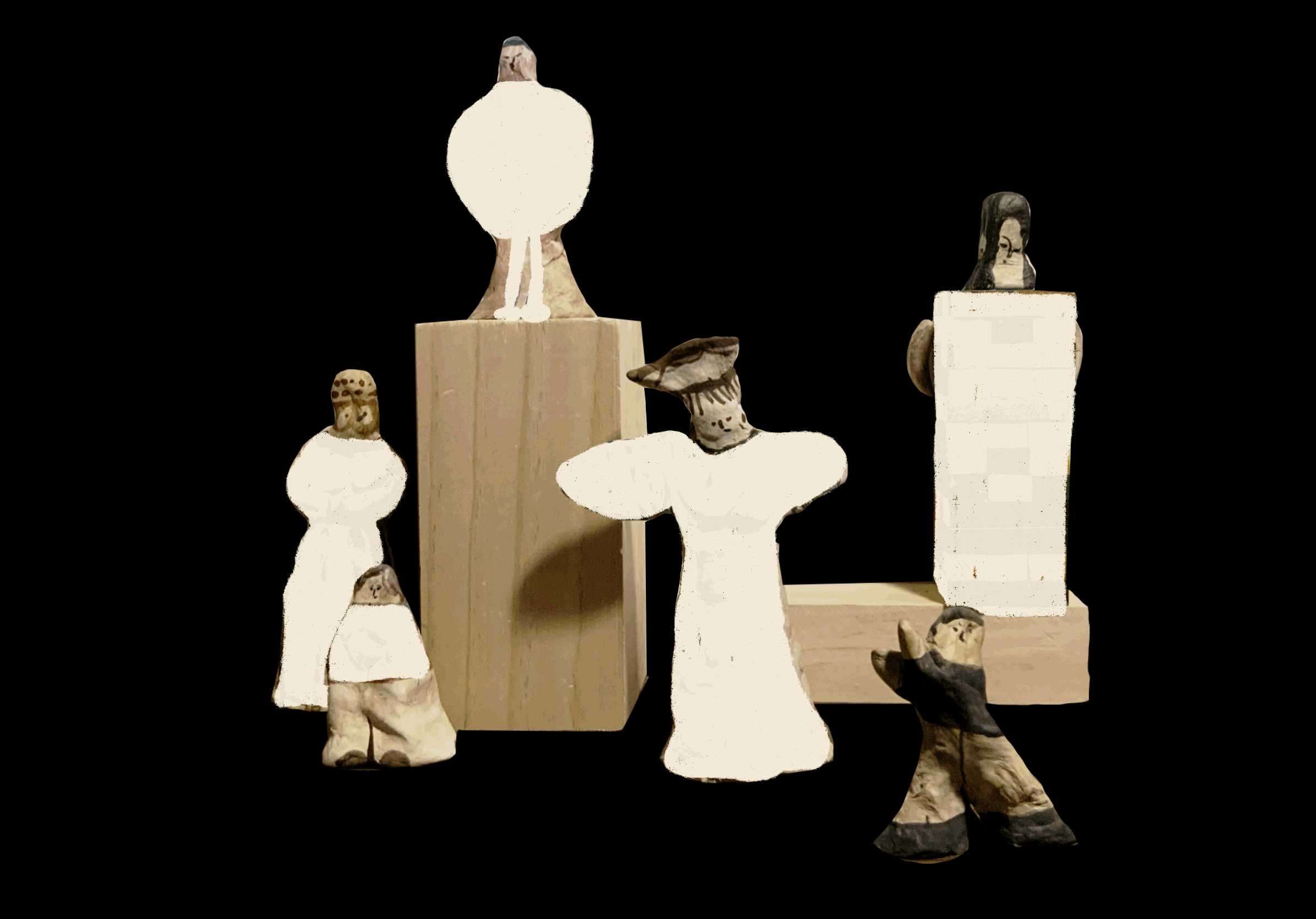
We have
Too much clothing. Not enough culture.
Too much clothing. Not enough fashion.
Too much clothing. Not enough innovation.
Too much clothing. Not enough...
________
We have failed to prioritize that which makes us human. We have buried our potential under a pile of stuff. That stuff has become rubbish. That rubbish is staring back at us and we are realizing that we have rendered ourselves disposable.
The Dead White Man’s Clothes Project offers a visible diagnosis of our disposability. By tracking the waste generated by the secondhand clothing economy in Accra, Ghana we have proven that there is no market capable of absorbing the excess of our modern lifestyle.
As artifacts of our lives, waste makes visible our values, behaviors and priorities. We have tried to buy our way out of our insecurities, but when these material things fail to make us whole we toss them aside. We create physical byproducts of every relationship by expressing love through the exchange of objects instead of through the spending of time. We aid one another by donating our excess things instead of fighting against the causes of this imbalance.
We must recover from these ideas and re-discover our potential to connect, to overcome, to commune, to love, to understand, to cooperate, to _____
It Is Time To Recover.
We will be using this space to document our recovery efforts. We will continue to explore waste management infrastructure in the USA and in Ghana and will share stories of those who are most impacted by our disposable culture.
You Are Invited.
Stay tuned.
Reach out.
︎more information please click icon below
︎︎︎
︎ ︎
